Since the two-level local government model officially came into operation, sustainable poverty reduction solutions have continued to receive attention and adjustment from Hanoi to achieve greater effectiveness in the coming period.
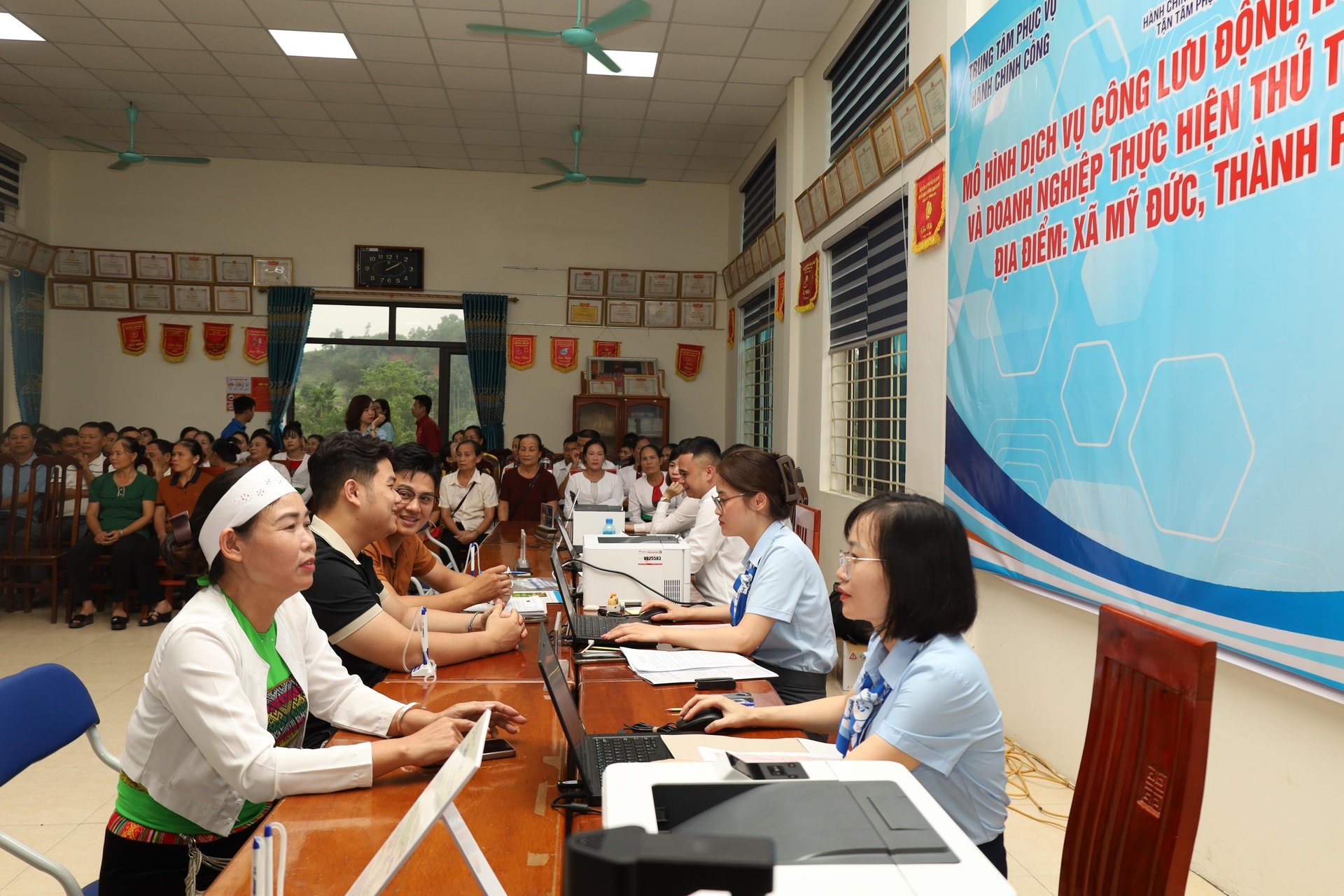
Hanoi has implemented the “Mobile Public Service” model - bringing the government to the village to help people carry out administrative procedures. In the photo: Muong ethnic people in Doi Dung village, My Duc commune are supported to carry out administrative procedures right in the village. Photo: Kim Nhuệ
No more poor households, near-poor households reduced
More than ten years ago, when mentioning Dong Chiem (former An Phu commune, now My Duc commune), people used to call this place "the lowland of the lowlands". The terrain is low, when it rains it floods, the fields can only be grown once a year; people's lives are tied to poverty all year round. There was a time when the whole village had more than 100 poor households, accounting for nearly 30% of the population. Village chief Nguyen Dinh Lieu still remembers clearly the time of change: "In 2008, Dong Chiem received attention from the city and district to build a dike so that it could grow two crops. Since then, people have had rice to eat, and their lives have gradually improved. People here are hard-working, proactive, and do extra jobs, especially "going to the market" to sell sticky rice, people sell boiled corn, and grilled duck all over the streets of Hanoi, the economy has improved".
Now, Dong Chiem is no longer a poor village. The concrete roads around the village have been paved, and high-rise buildings are built close together. Dong Chiem village chief Nguyen Dinh Lieu said that the village has 560 households. By 2024, through reviewing and evaluating each household, Dong Chiem will officially have no poor households. Dinh Thi Lam's family is one of the last households to be considered out of poverty. Lam shared that her husband died early, so her family's economy was difficult, and her house was dilapidated. In 2024, thanks to the city's support and the help of relatives and neighbors, she had a spacious, cozy house and escaped poverty.
The changes in Dong Chiem are just a slice of the overall picture of the positive progress in sustainable poverty reduction across the capital. According to Head of the Rural Development Department (Hanoi Department of Agriculture and Environment) Hoang Thi Hoa, at the end of 2021, according to statistics, the city had 3,612 poor households, accounting for 0.16%, but by the end of 2022, it had decreased to 2,134 poor households, accounting for 0.095%; by the end of 2023, it had decreased to 690 poor households, accounting for 0.03%; by the end of 2024, the city will officially have no poor households.
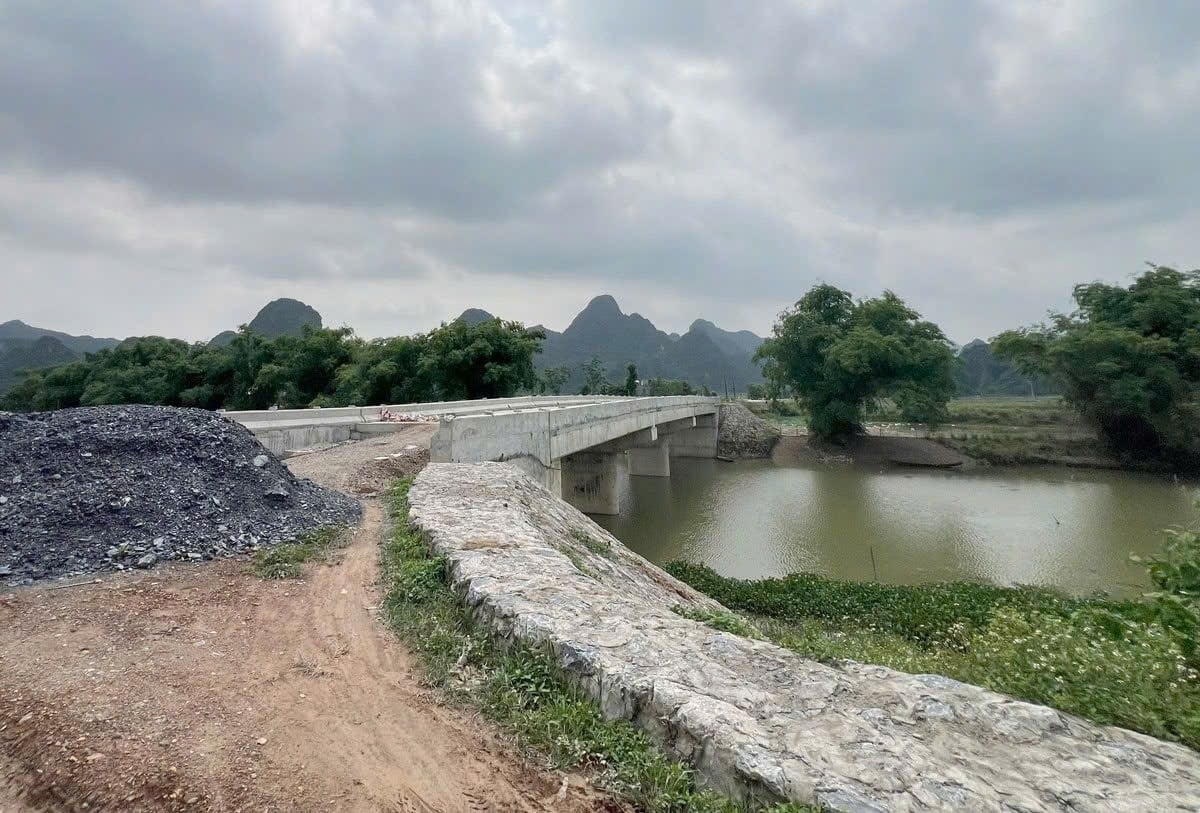
Hanoi identifies poverty reduction as an important political task, directly related to people's lives. In recent years, the city has devoted a large amount of resources to investing in developing Hanoi's rural infrastructure. In the photo: Investing in infrastructure projects in An Phu area, My Duc commune. Photo: Thu Hang
According to Ms. Hoang Thi Hoa, according to statistics when switching to a two-level local government model, the city has 126 communes and wards, of which 100% of communes and wards have no poor households, of which 43 units have no poor or near-poor households. By September 2025, communes and wards in the area have supported a further reduction of 103 near-poor households, contributing to significantly improving the lives of rural people, creating a solid foundation for Hanoi to move towards the goal of inclusive and sustainable development.
Special policies, sustainable poverty reduction
Hanoi City has always identified poverty reduction as an important political task, directly related to the lives of the people, especially the disadvantaged groups. Over the past years, Hanoi has built its own poverty standards, which are about 30% higher than the national standards, and issued many specific policies to achieve the goal of sustainable poverty reduction.
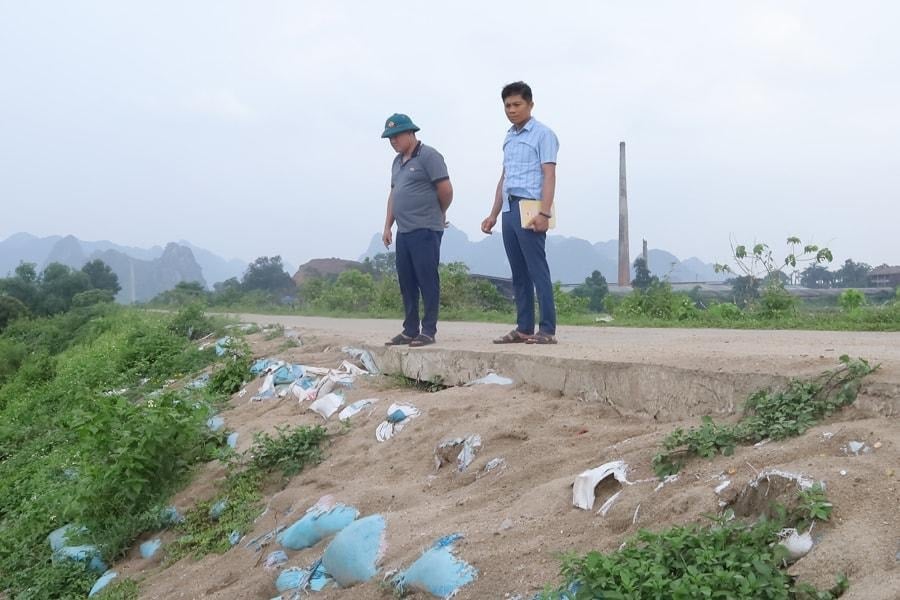
My Duc commune is reviewing and investing in upgrading the 700-meter dike to protect residents of Dong Chiem village. Photo: Kim Nhuệ
Accordingly, Resolution No. 17/2021/NQ-HDND of the City People's Council stipulates a number of specific policies to implement the sustainable poverty reduction target of Hanoi city in the period of 2022-2025, including monthly support equal to the poverty line for eligible subjects; support for health insurance and tuition fees for students from poor and near-poor households; encourage households to voluntarily write applications to escape poverty and near-poverty.
In addition, Resolution No. 09/2021/NQ-HDND of the City People's Council, regulating the social assistance standards and social protection objects of Hanoi city, has also been implemented synchronously, including policies to support livelihood diversification projects, poverty reduction models, and improve production capacity for people.
To effectively implement the 2025 Poverty Reduction Plan, the Hanoi People's Committee issued Decision No. 801/QD-UBND dated February 19, 2025, which sets the goal of not allowing new poor households to arise and reducing 2,519 near-poor households.
According to the Hanoi Department of Agriculture and Environment, immediately after being assigned by the City People's Committee to be in charge of poverty reduction (from March 1, 2025), the Department issued a plan to implement the National Target Program on Sustainable Poverty Reduction in 2025 to communes and wards in the area.
Implementing the two-level local government model, the Department guides localities to establish a Steering Committee to review poor and near-poor households; count households with housing difficulties to propose support for new construction and repair; and at the same time organize the review and make a list of near-poor households according to Central standards.
On the occasion of the 80th anniversary of the August Revolution and National Day September 2, the Department of Agriculture and Environment advised the People's Committee and the Vietnam Fatherland Front Committee of Hanoi to give gifts to 687 near-poor households according to the Central standards with a budget of more than 3.4 billion VND. In addition, it continues to implement job creation for workers; support poor households to borrow capital; strengthen medical work, disease prevention, and health care for people...

The low-lying area in Dong Chiem village, which is often damaged by natural disasters, is being planned and invested in by the My Duc commune government to become an eco-tourism area, creating a position for adaptation and sustainable development. Photo: Kim Nhuệ
Poverty reduction is an important political task that requires the cooperation of the whole society. To implement the sustainable poverty reduction plan, Deputy Director of the Hanoi Department of Agriculture and Environment Nguyen Dinh Hoa said that Hanoi city continues to promote and replicate effective poverty reduction models, promptly encourage and motivate individuals and groups with many positive contributions; requesting the People's Committees of communes and wards that have not yet established a Steering Committee to review poor and near-poor households to promptly complete the organization and assign specific responsibilities to each unit and individual in charge. The Hanoi Department of Agriculture and Environment will strengthen coordination with departments, branches, communes and wards to advise the City People's Committee to implement immediately after the Government issues new poverty standards so that the implementation of Hanoi's Sustainable Poverty Reduction Target Program will be more effective...
Source: https://hanoimoi.vn/giam-ngheo-ben-vung-hanh-trinh-nhan-van-cua-thu-do-ha-noi-719672.html


![[Photo] Conference of the Government Party Committee Standing Committee and the National Assembly Party Committee Standing Committee on the 10th Session, 15th National Assembly](https://vphoto.vietnam.vn/thumb/1200x675/vietnam/resource/IMAGE/2025/10/15/1760543205375_dsc-7128-jpg.webp)
![[Photo] Many dykes in Bac Ninh were eroded after the circulation of storm No. 11](https://vphoto.vietnam.vn/thumb/1200x675/vietnam/resource/IMAGE/2025/10/15/1760537802647_1-7384-jpg.webp)
![[Photo] The 18th Hanoi Party Congress held a preparatory session.](https://vphoto.vietnam.vn/thumb/1200x675/vietnam/resource/IMAGE/2025/10/15/1760521600666_ndo_br_img-0801-jpg.webp)
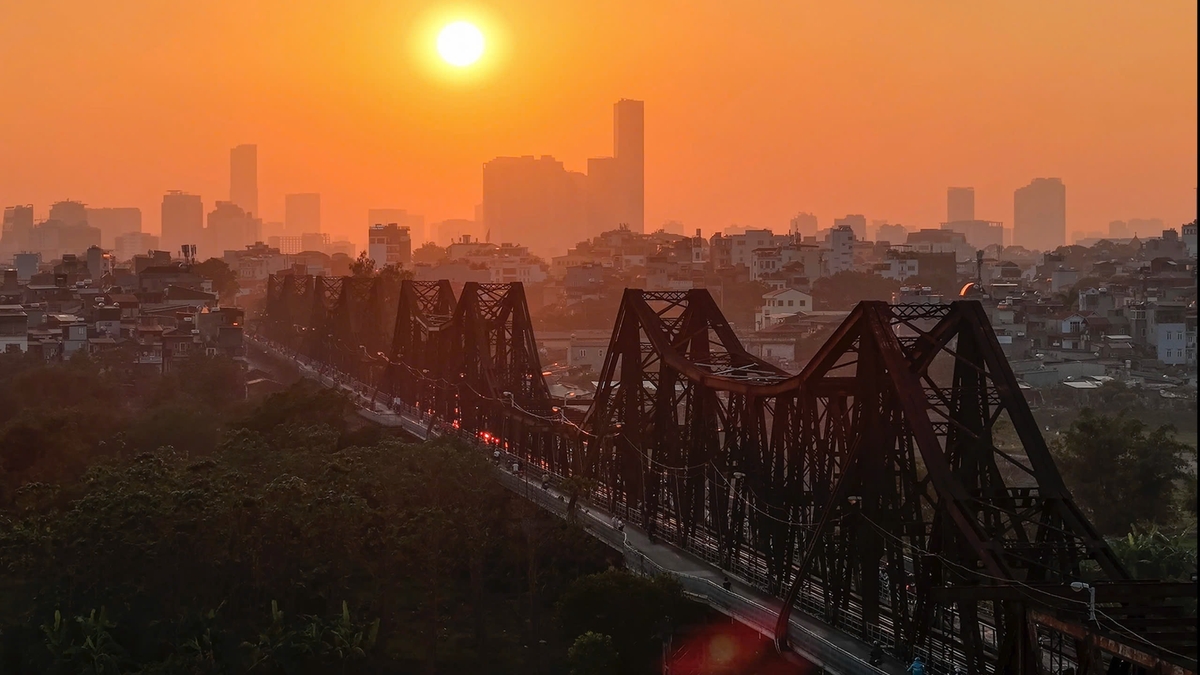


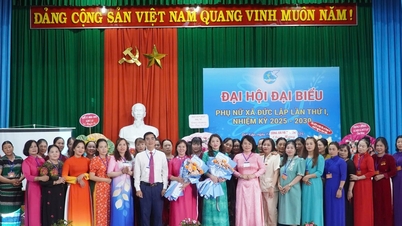

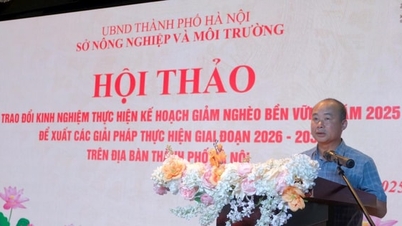
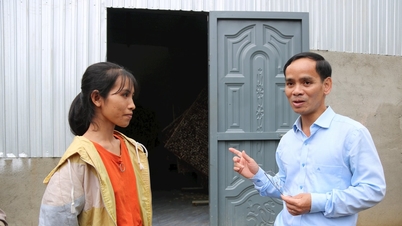




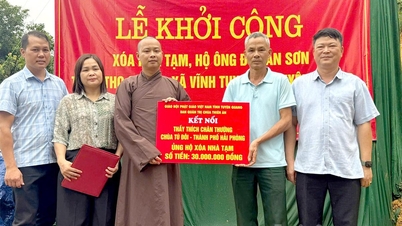

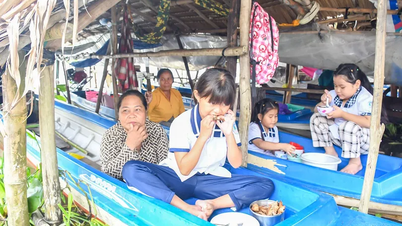

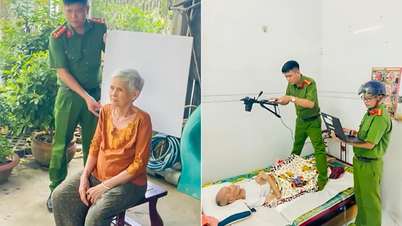


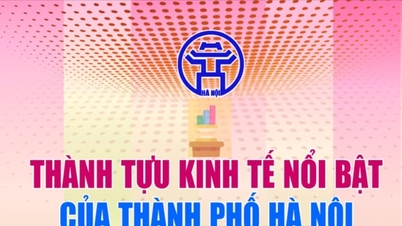
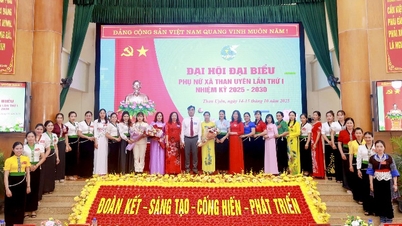

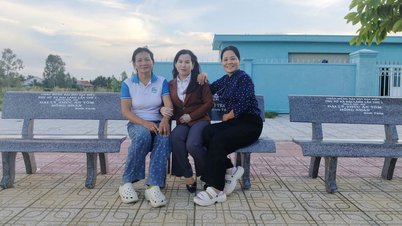





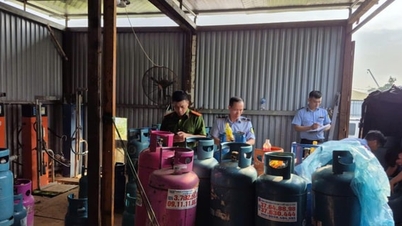
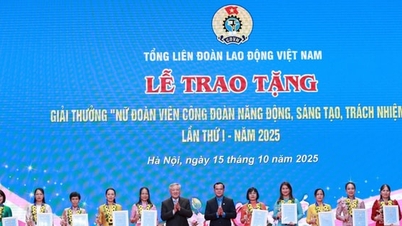
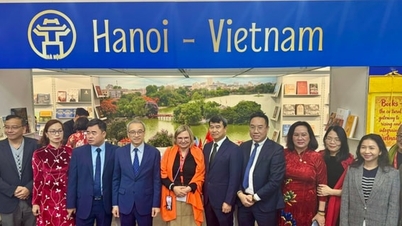
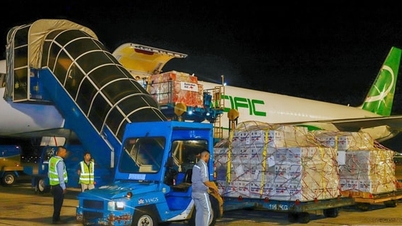
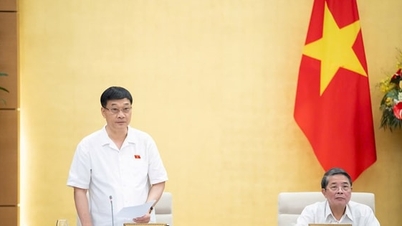
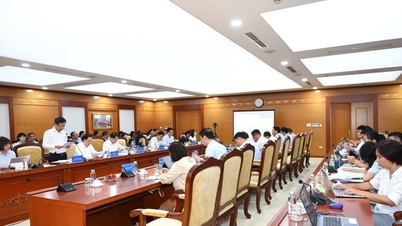



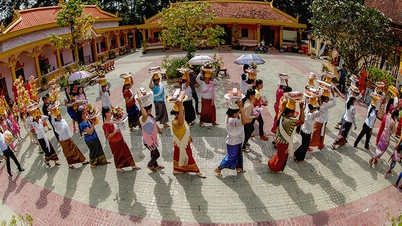

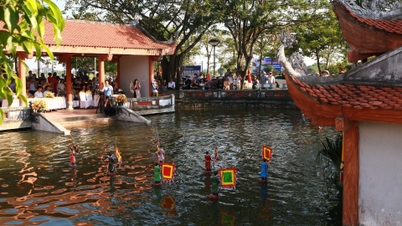

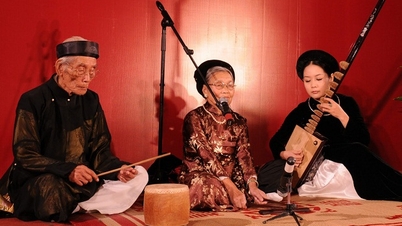



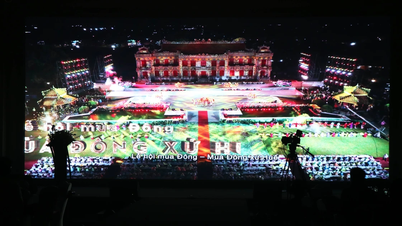
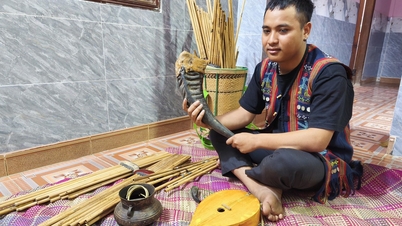

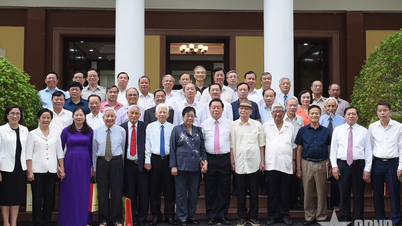




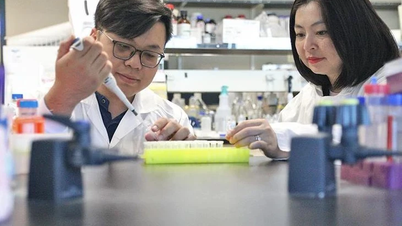

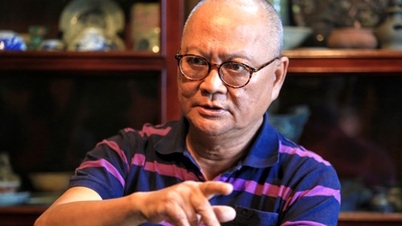
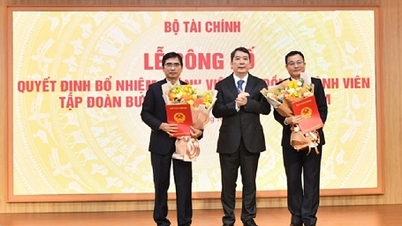
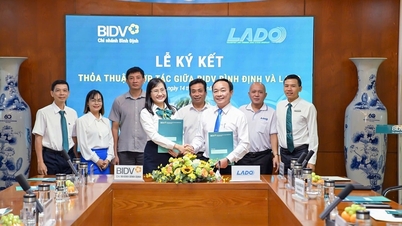



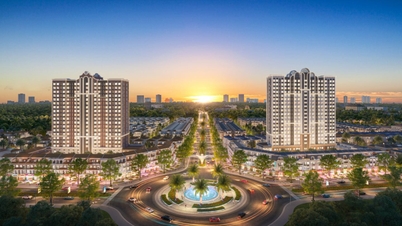







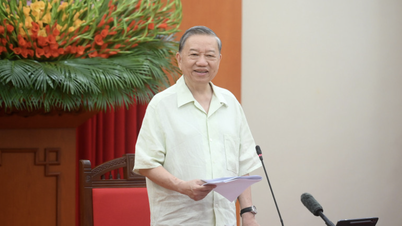


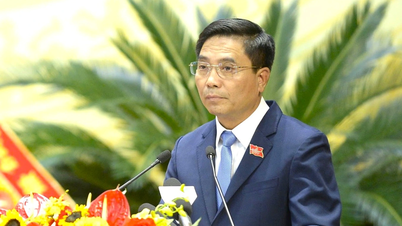
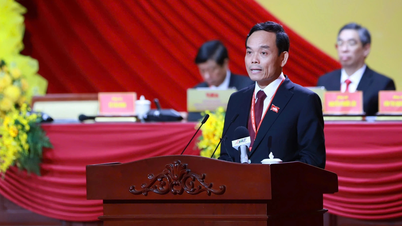
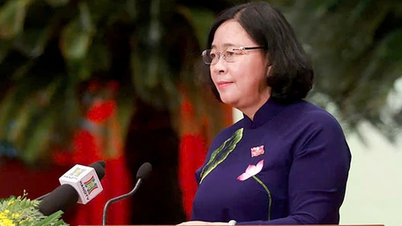

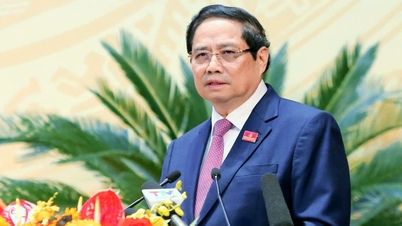
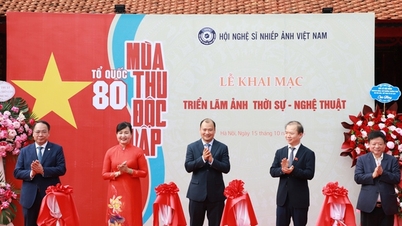

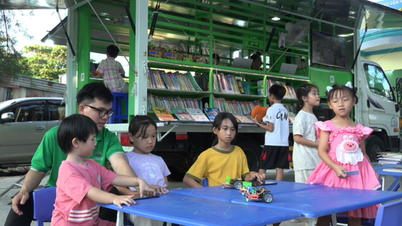
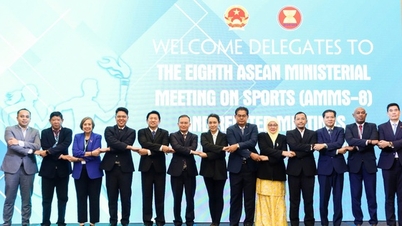
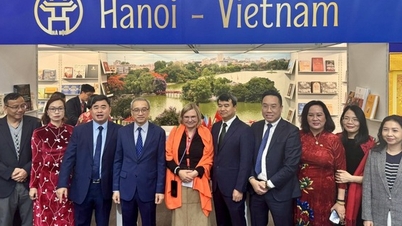
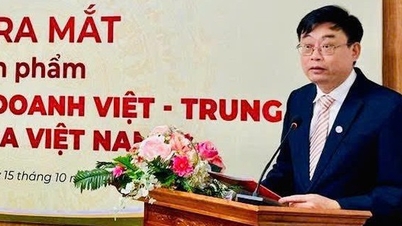

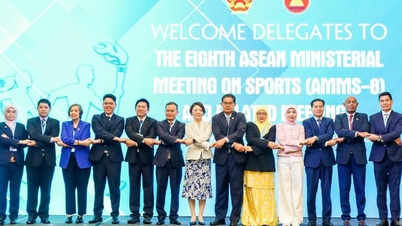
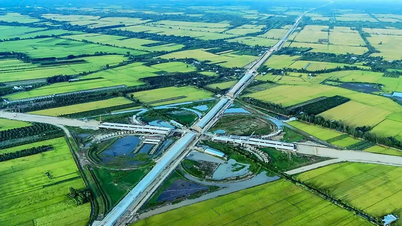
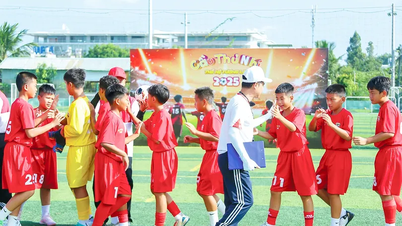
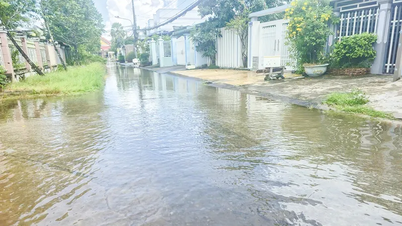













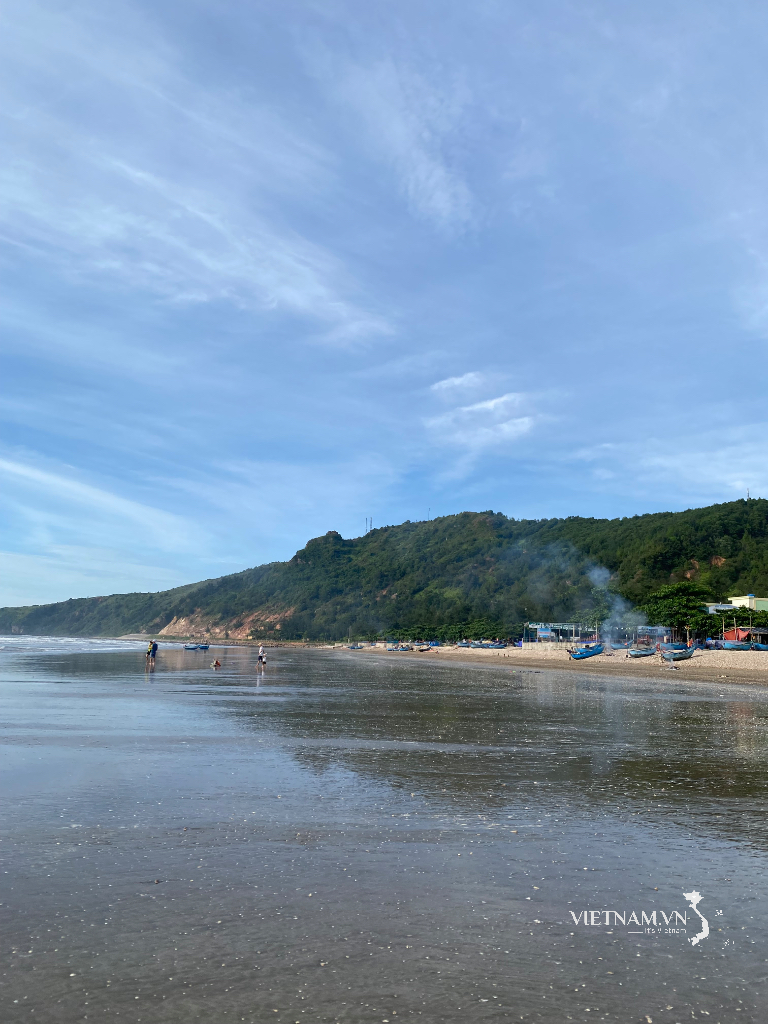



Comment (0)